Cogongrass
Information
Imperata Cylindrica - Poaceae Family - Perennial
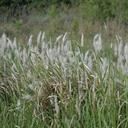
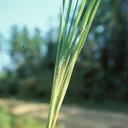
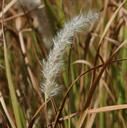
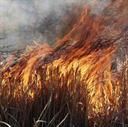
Identification
- Flowers: Flowers are silvery colored cylinders 2-8 inches long.
- Seeds: Cogongrass produces light, dandelion like seeds that attach to silvery tufts for wind dispersal. They are produced during early to mid-June.
- Leaves: Long blade-like leaves grow up in clumps from a central base. In cultivated ornamental versions, leaves are a deep red color. In natural versions, leaves are light green.
- Flowering Time: Flowering time differs based on local climate. In southern climates, flowering occurs intermittently year-round. In cooler climates, mid-May to June.
- Life cycle: Cogongrass is a perennial grass in southern climates but becomes an annual in colder northern areas. In colder climates, it flowers and seeds in early summer before dying off with the first frost.
Impacts
- Cogongrass is a perennial, rhizomatous grass commonly sold as an ornamental in nurseries across the country. In its ornamental form it poses little threat to native flora, but it can easily become invasive if given the right conditions (excessive shade, water, well-drained soil).
- Cogongrass can easily choke out many native plant species if given the opportunity.
- When dry, Cogongrass poses a significant fire risk. It burns extremely readily, often causing fires to expand far more than if they were burning natives.
Control
Most effective control methods
- Mechanical control methods (pulling, cultivation, etc.) are effective only on small infestations (home gardens, etc.).
- There are currently no approved biocontrol agents for Cogongrass in the US, although several species of fungi are currently under investigation for possible future use.
- Chemical control can be effective against Cogongrass with multiple treatments. One treatment with Glyphosate herbicides can control leaf growth, but up to 2 further treatments may be needed to kill the rhizomatous root mat.
Large Images
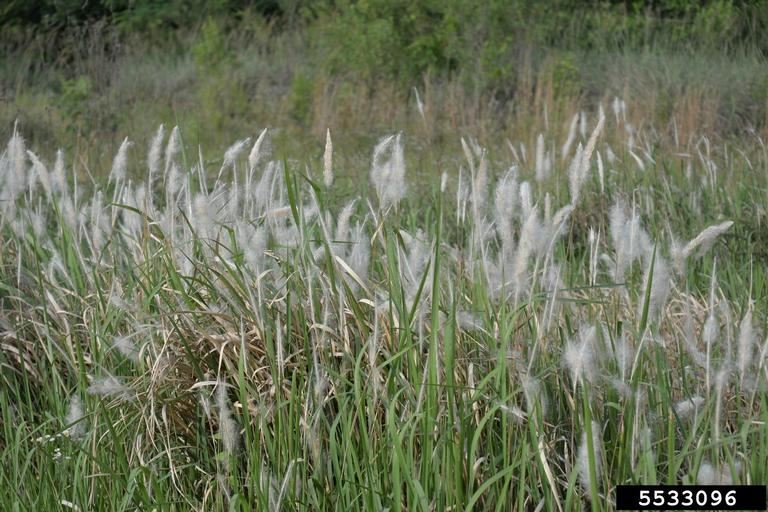
Cogongrass: infestation
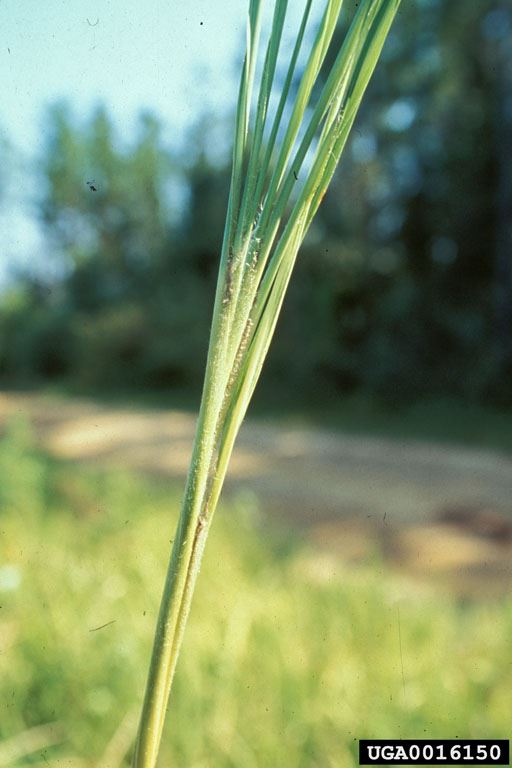
Cogongrass: closeup sheath with hairs
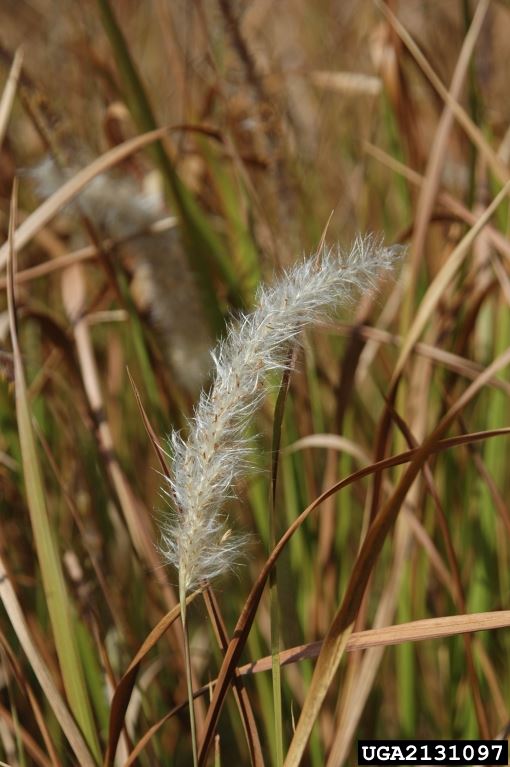
Cogongrass: seeds
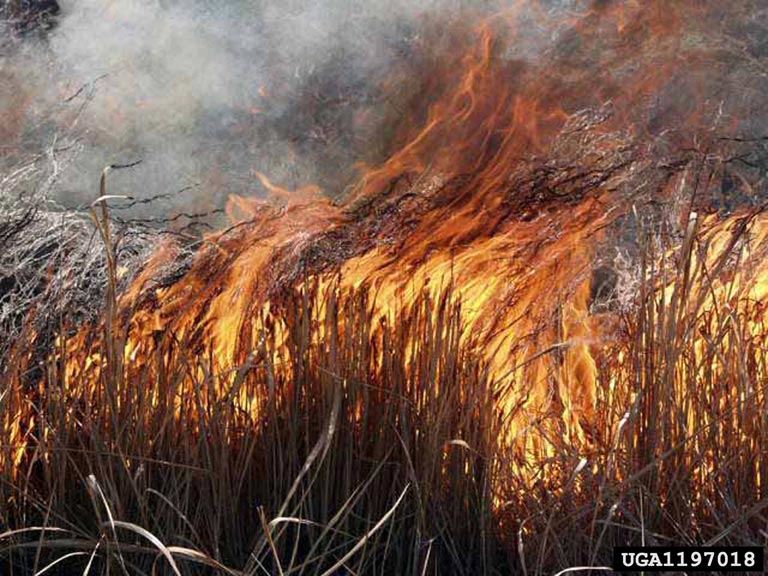
Cogongrass: wildfire
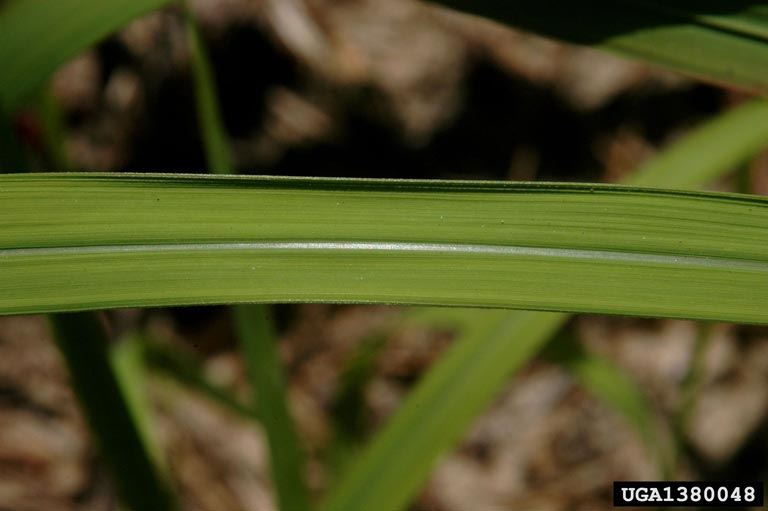
Cogongrass: foliage
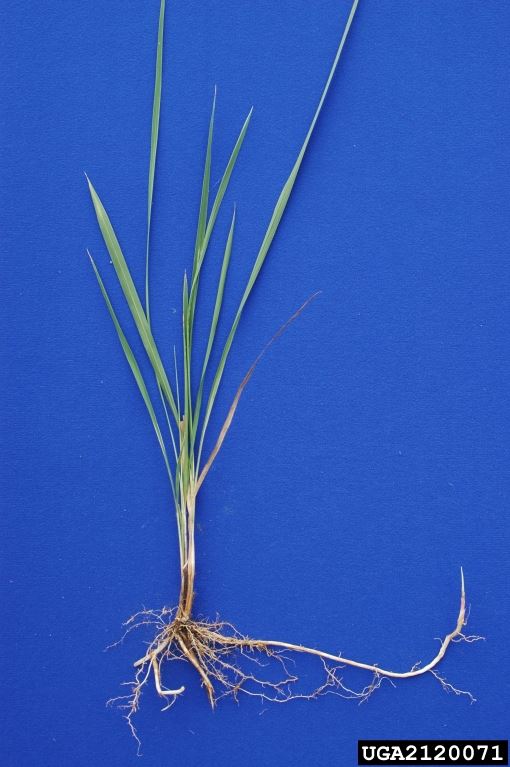
Cogongrass: entire plant including root system
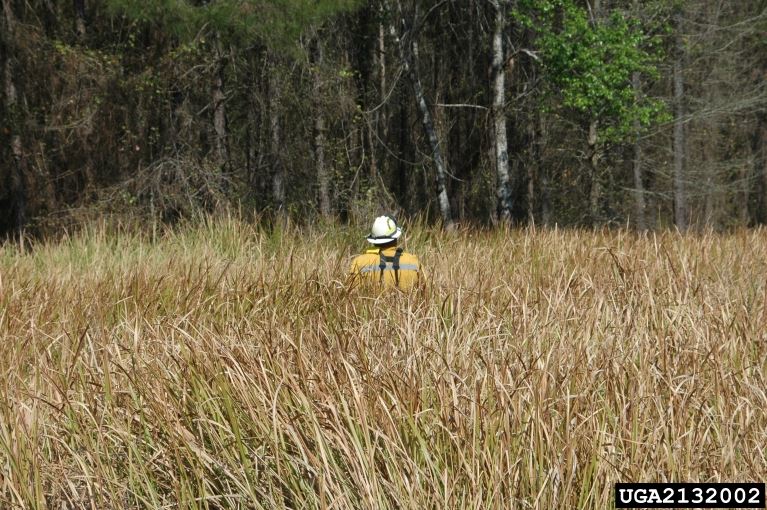
Cogongrass: infestation
Resources
-
References
Estrada, J. & Flory, L. (2015, January). Cogongrass (Imperata cylindrica) invasions in the US: Mechanisms, impacts, and threats to biodiversity. Retrieved from https://www.sciencedirect.com/science/article/pii/S2351989414000626
Global Invasive Species Database. (2010, August 21). Species profile: Imperata cylindrica. Retrieved from http://www.iucngisd.org/gisd/species.php?sc=16
Invasive Plant Atlas of the MidSouth. Imperata cylindrica (L.) Beauv. Retrieved from http://www.gri.msstate.edu/ipams/species.php?CName=Cogongrass
Miller, J. (2003). Nonnative invasive plants of southern forests. [PDF file]. Retrieved from https://www.fs.fed.us/invasivespecies/speciesprofiles/documents/cogon-grass.pdf View PDF
Texas Invasive Species Institute. Cogongrass. Retrieved from http://www.tsusinvasives.org/home/database/imperata-cylindrica




